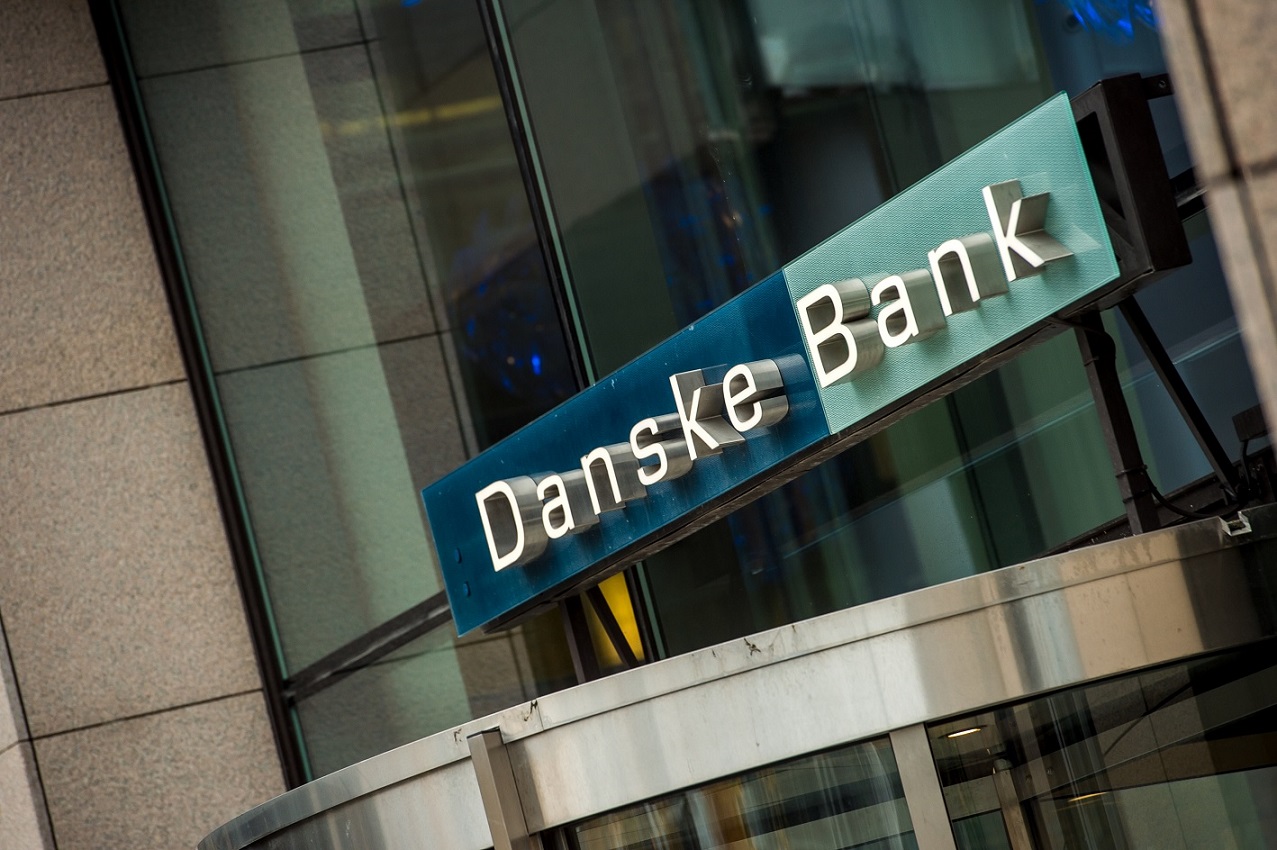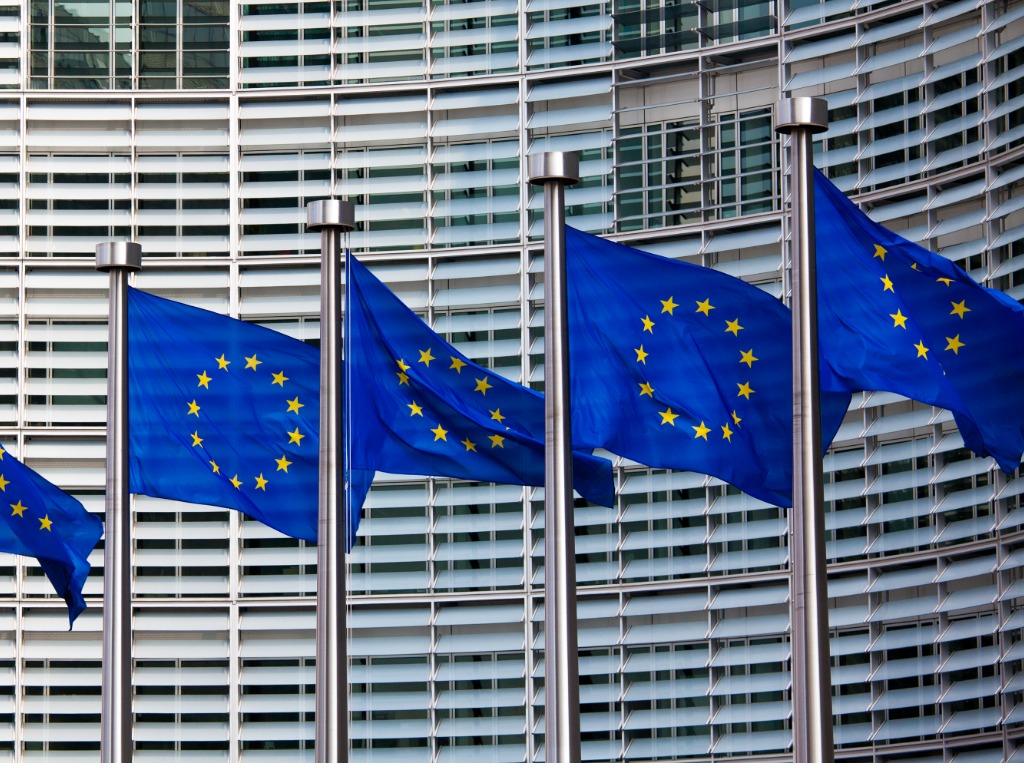Danske Bank Pledges to Lower Oil & Gas Exposure, Slash Loan Portfolio Emissions
Copenhagen-based Nordic bank Danske Bank announced today a series of new 2030 sector-based emission reduction goals, targeting several carbon-intensive sectors including shipping, energy utilities, and oil and gas exploration and production. Danske Bank stated that it aims to achieve a net zero loan portfolio by 2050.
Financed emissions typically make up the greatest aspect of a financial institution’s climate impact. Danske Banks’ new 2030 targets target the three sectors in the bank’s lending book that contribute to the highest CO2 emissions.
The new targets include a 50% lending exposure reduction for oil and gas production, 20-30% reduction in emissions per unit transported for shipping and for utility companies, a 30% reduction in carbon emissions per kWh of power and heat generation.
Carsten Egeriis, Chief Executive Officer at Danske Bank, said:
“We have more than 3.3 million customers, and we cover the majority of sectors – including sectors that have a significant carbon footprint. This is why we are a part of the solution needed to address the climate challenges that we face. For the most part, our customers are doing a lot of work related to the green transition. But we also recognise that we have an obligation – as a leading Nordic bank, and with the resources we have at our disposal – to support our customers and contribute to the green transition in the societies that we are a part of, as well as to support Denmark in reaching its 2030 target for reduction in CO2 emissions.”
Looking forward, Danske Bank is planning to continue setting 2030 targets by introducing goals for other sectors, including agriculture, housing, and heavy industry, with more sector-based targets expected later this year.





